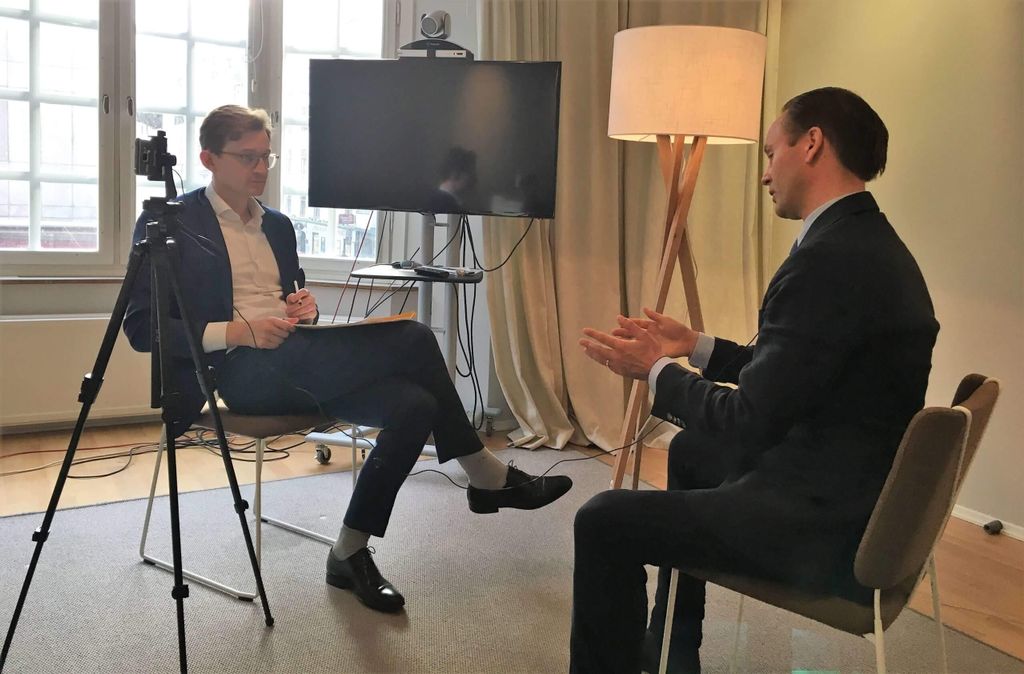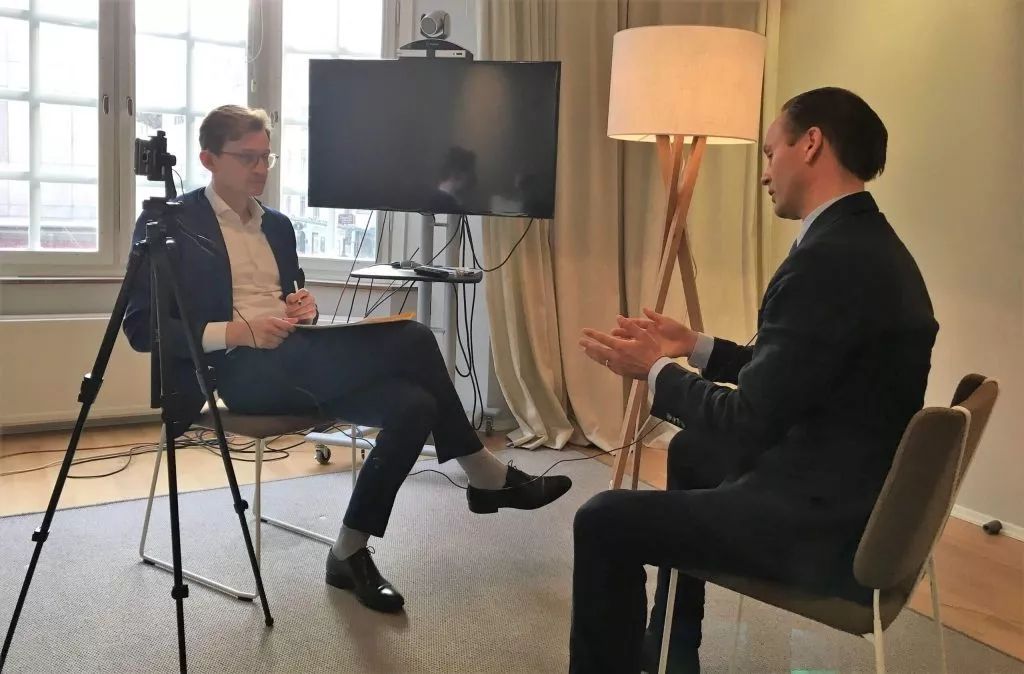- Market Info
French flexicurity – Part 2: the labor market reform

In his report on the “French Flexicurity”, Edward Hamilton, Labor Market Expert at the Confederation of Swedish Enterprise (Svenskt Näringsliv) analyses the reforms undertaken by President Macron to transform the French social model. The labor law reform is the backbone of this structural change. The goal of the labor market reform engaged in September 2017 is to give a major impetus to the French economy and to favor employment by modernizing and adapting the French labor code.
The reform, therefore, follows three main lines: reducing social and economic conflicts, improving social dialogue, and simplifying the labor code.
Reduce social and economic conflicts and increase predictability for companies
One of the main objectives of the 2017 labor market reform is to reduce social and economic conflicts.
- To reach this goal, the measure favors transparent procedures and increase the predictability. The rules governing disputes in cases of work incapacity will, therefore, be clarified and a mandatory scale of damages will provide more security and transparency for the consequence’s potential disputes.
- The measure also aims to increase legitimacy to minimize the risk of social conflicts. Economic difficulties, that may justify job cuts, will be assessed at the national level, as most of the other European countries do, allowing for simpler economic layoffs.
- Finally, the measure aims to appease dismissal procedures. Employees will be provided with more financially beneficial means of leaving the company, via legally secure conventional group terminations.
Watch more: French flexicurity – Part 1: context & outcomes
Improve social dialogue
The labor law reform aims at renewing social dialogue, which promotes the establishment of consensus within the company.
- With the creation of the Social and Economic Council (CSE), mandatory for firms above 11 employees, it creates one simplified interlocutor and better representation within the company. This leads to more inclusiveness; dialogue being promoted because the new CSE resolutions will be taken on majority agreements.
- The measure also gives more room for negotiations. Indeed, working time and remuneration will now be negotiated at the company level which gives more flexibility to the company. The simplified majority agreements at the CSE will, therefore, allow the company to adapt to changing market trends, especially on working time, remuneration and mobility.
- The labor law reform also creates specific rules for SMEs to improve social dialogue. For example, in firms with less than 20 employees, negotiations can take place directly with employees without the need for a representative, via a company referendum.
Read more: Reforms impact in France since 2 years – The ongoing reform agenda
Simplify the labor code
The reform makes the labor code more transparent, more accessible to everyone and more efficient. It tends to increase coherence, by directly addressing issues raised by microbusiness or SME managers and their employees, for example. It also maximizes adaptability to changing workplaces by giving a right to flexibly work from home, enabling a better work-life balance for employees. Get direct access to the digitized labor code (in French).
Read more: France attractiveness scoreboard 2019 edition
Contact us for more information or to get support in your investment project in France.






